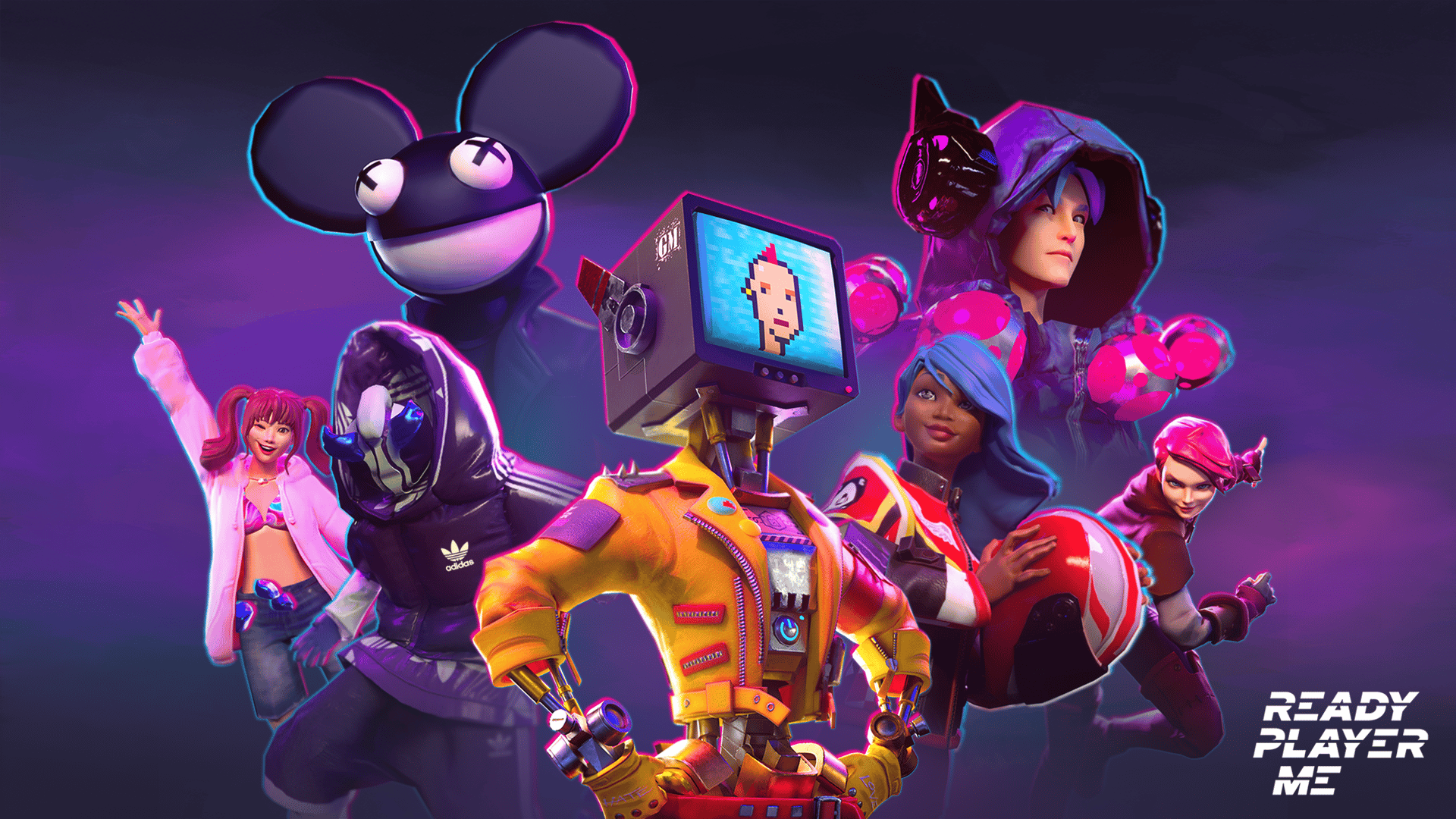
With its latest round of fundraising cross-platform avatar company Ready Player Me will build new tools for “helping developers generate revenue with avatars”.
The company announced this week it gained the support of Andreessen Horowitz (a16z) — the same early investor that helped jumpstart Oculus — with its latest $56 million Series B funding round which includes participation from Roblox co-founder David Baszucki and Twitch co-founder Justin Kan, among others.
Ready Player Me will “build avatar content creation tools to enable developers, brands and individual artists to create and sell avatar customization assets that work across thousands of virtual worlds,” wrote Ready Player Me Co-Founder and CEO Timmu Tõke in an emailed answer to UploadVR. “We’re working on the tooling for that now, expect to hear more in the coming months.”
Ready Player Me employs around 5o people and expects to double in size this year as its cross-platform avatar system evolves, according to the company. Along with partnerships with fashion brands like Adidas and New Balance, the company says its avatar system is supported across more than 3,000 apps including VRChat and Spatial.
We checked in with the company’s platform early last year as we took its selfie-based creator system for a test drive. You can check that out in the video below.
The company’s early work was with avatar systems for enterprise customers but “over the years, Ready Player Me aggregated a proprietary database of 20,000+ face scans captured with the company’s own hardware-based 3D scanners” and “these scans enabled Ready Player Me to build a deep-learning solution that can accurately predict and render realistic faces from a single 2D photo,” according to Ready Player Me.
“Because all of the developers are using our avatar standard, it’s easy for us to make the avatars and avatar assets travel across all of the RPM-compatible worlds,” Tõke told us over email. “We offer developers SDK’s for Unreal, Unity and web and serve avatars in many technical specifications — different animation rigs, file formats, avatar quality levels, etc.”
The company also aims to “improve avatar diversity with body types, granular clothing customization, more accurate face shape prediction, stylization and more” with its most recent funding.
We’ll be curious to see how the company develops its platform over the coming year as new headsets are expected from companies like Meta, Sony, and Apple likely to accompany new advances in avatars. Meta CEO Mark Zuckerberg, for example, has already teased upgraded visuals coming to its avatars system as both Rec Room and Meta have started exploring paid avatar add-ons.
“We’re not aiming to be the only avatar in the metaverse,” Tõke wrote. “The goal is to help any avatars to travel across virtual worlds.”
This article was originally published on uploadvr.com

